Yesterday when I was at Jetty Park I came across a Little Blue Heron and Snowy Egret walking along the dark rocks that lined the inlet. And the photos made me decide to do a post about exposure compensation. How you set your exposure compensation depends in part on the metering method you use. Here are two of the more common metering methods for shooting wildlife:
-
Spot Metering:
This metering method acquires exposure values from the center “spot” of the frame. In this method, you can put your subject in the center and adjust your exposure to make sure your subject is exposed properly.This is a good way to work, but I don’t normally use it, since it’s often hard to keep my subject in the center of the frame.
-
Matrix/Evaluative Metering:
This metering method acquires exposure values from throughout the frame. To use exposure compensation, you have to make judgments about the whole scene and adjust accordingly. It is therefore somewhat less precise than spot metering, but it doesn’t matter where your subject is in the frame. This is what I normally do.
I also generally use Aperture Priority mode (Av). So for my photo of the Snowy Egret, I knew that the background behind the bird was dark and the white egret was brightly lit by the sun. This means that I had to underexpose my image to avoid overexposing the bird. For these shots, I underexposed by -1 stop to make sure the egret was exposed properly. For for my photos of the Little Blue Heron, the heron was not much brighter than the background, so I used no exposure compensation, even though the Little Blue Heron was in the same light with same background as the Snowy Egret. Because the Snowy Egret photo has much more contrast, the background was a little darker in my image than the Little Blue Heron photos, so I raised the shadows a little in the Snowy Egret photo using Lightroom.
Scott Simmons
Scott Simmons, based in Florida, is a lover of nature, landscape, and wildlife photography. Scott became interested in photography in 2001 when he was given his first SLR camera. When he acquired a telephoto lens, he became progressively more interested in birds and other wildlife. Scott enjoys learning about bird habitats and behavior, striving always to take images that are both beautiful and interpretive. Scott believes photography is a great vehicle to help others to appreciate the wonder for the stuff of earth.
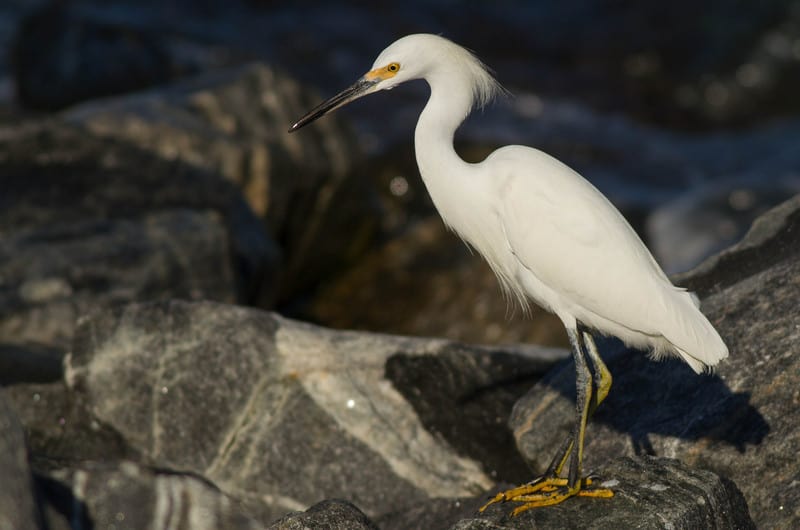



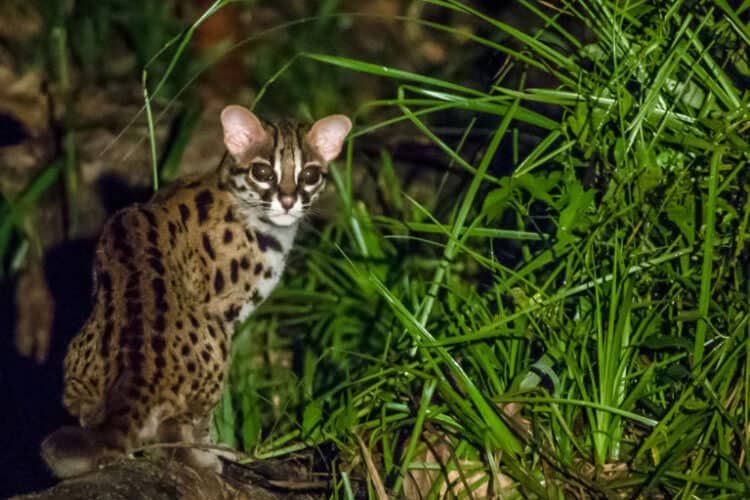
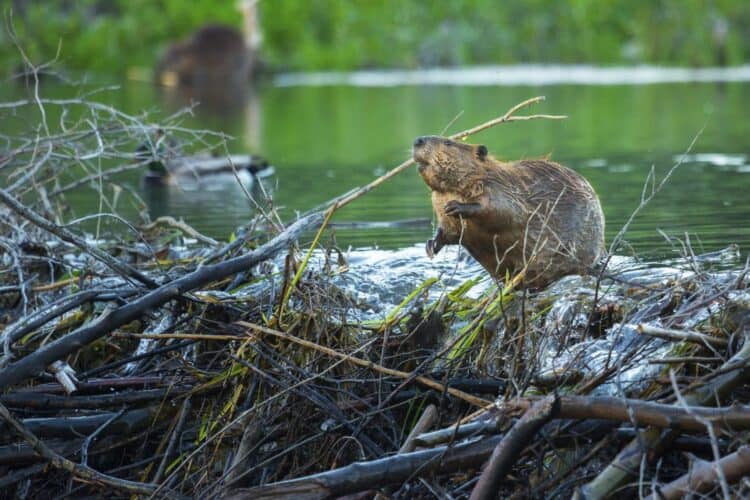

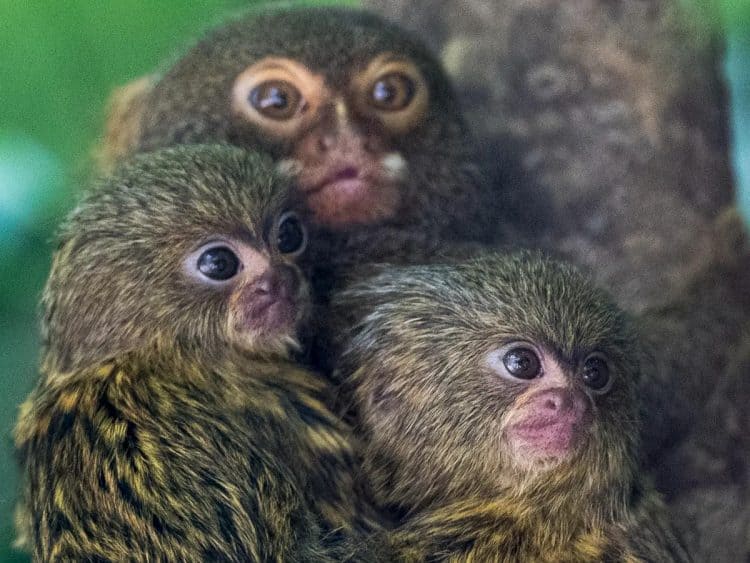
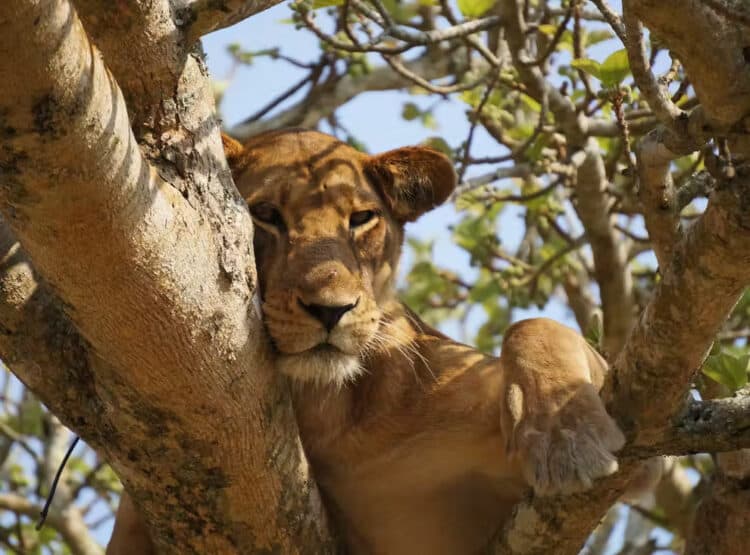
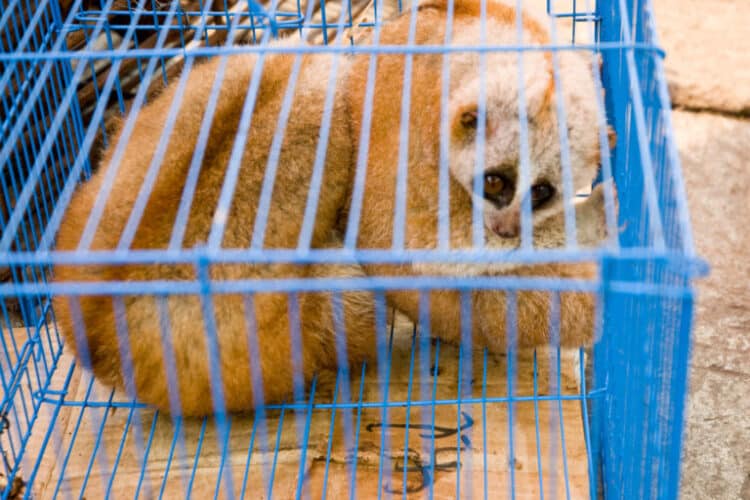
Leave a Reply